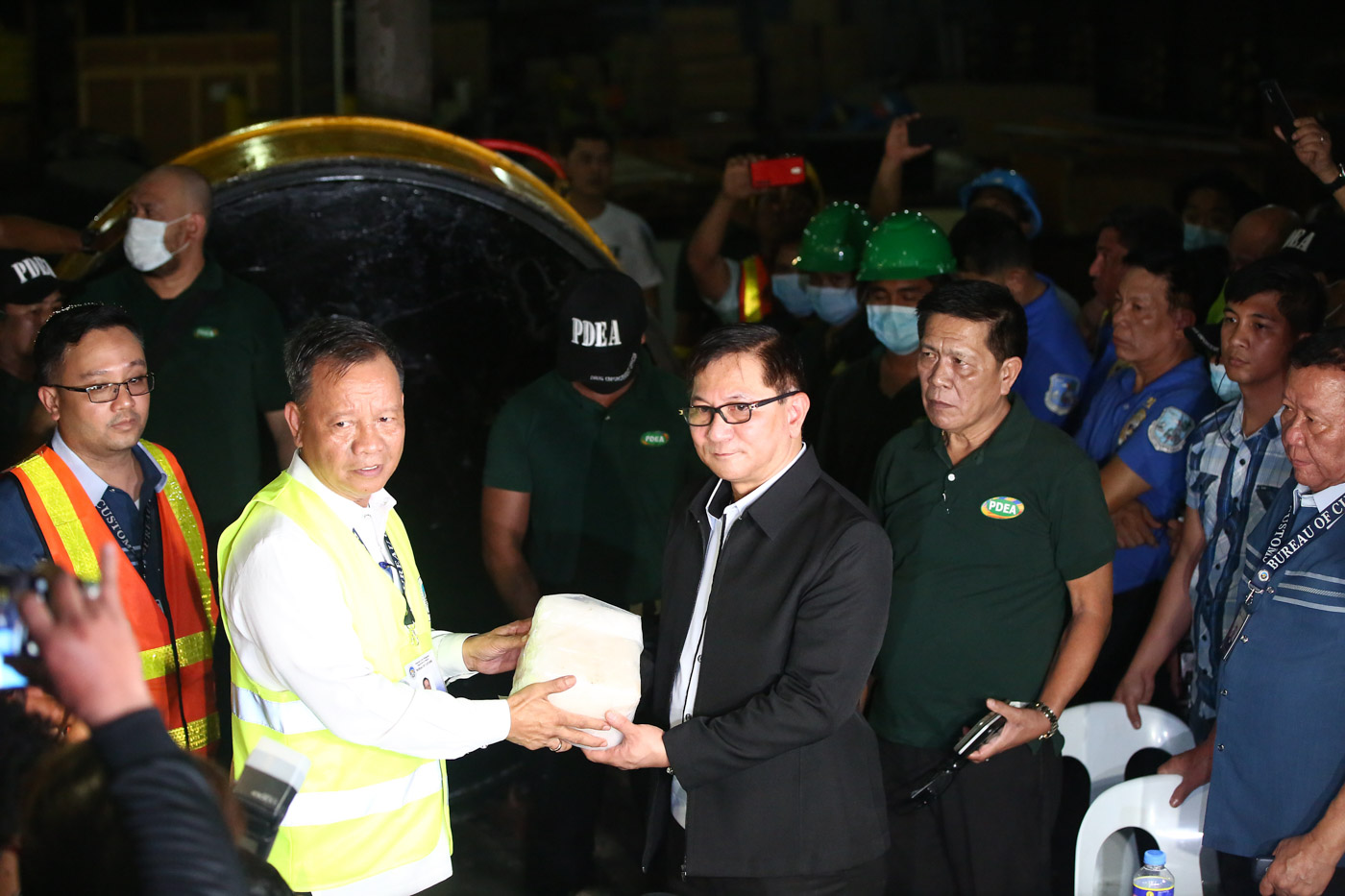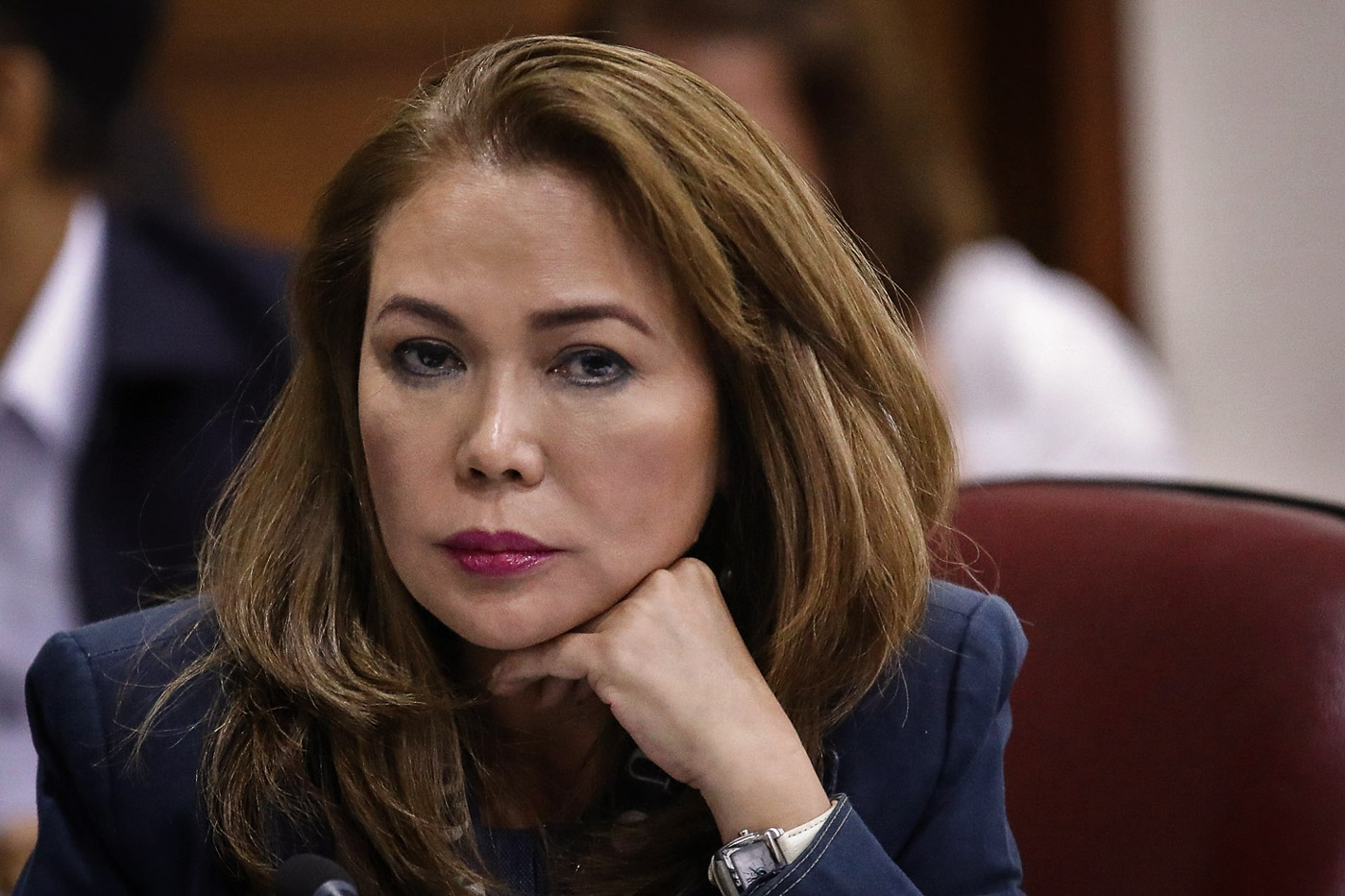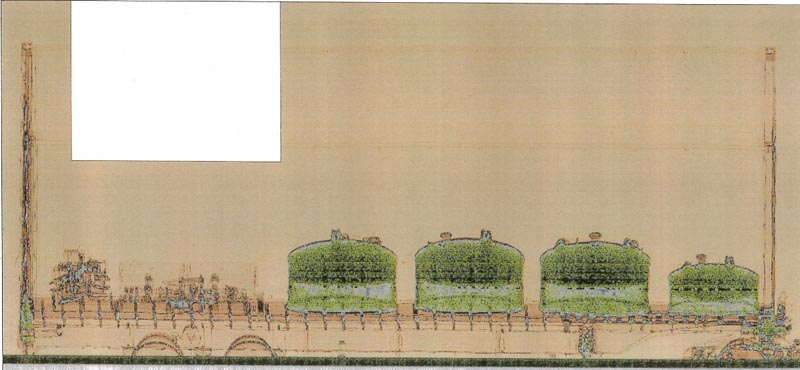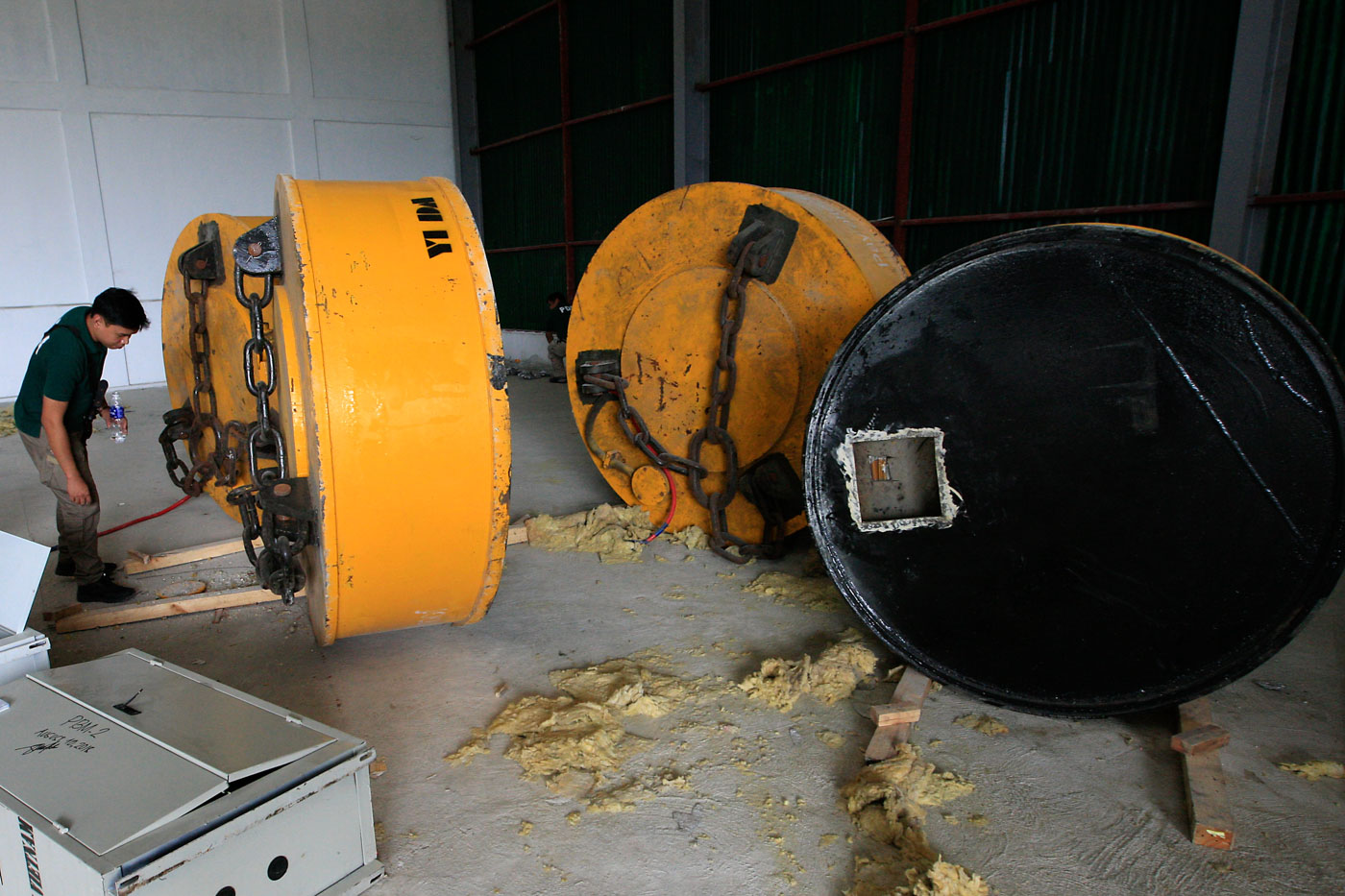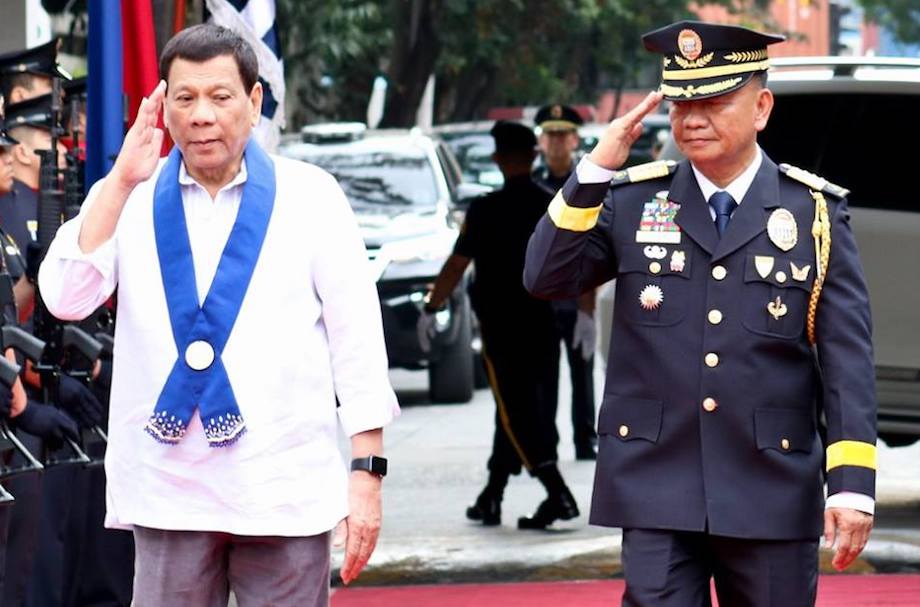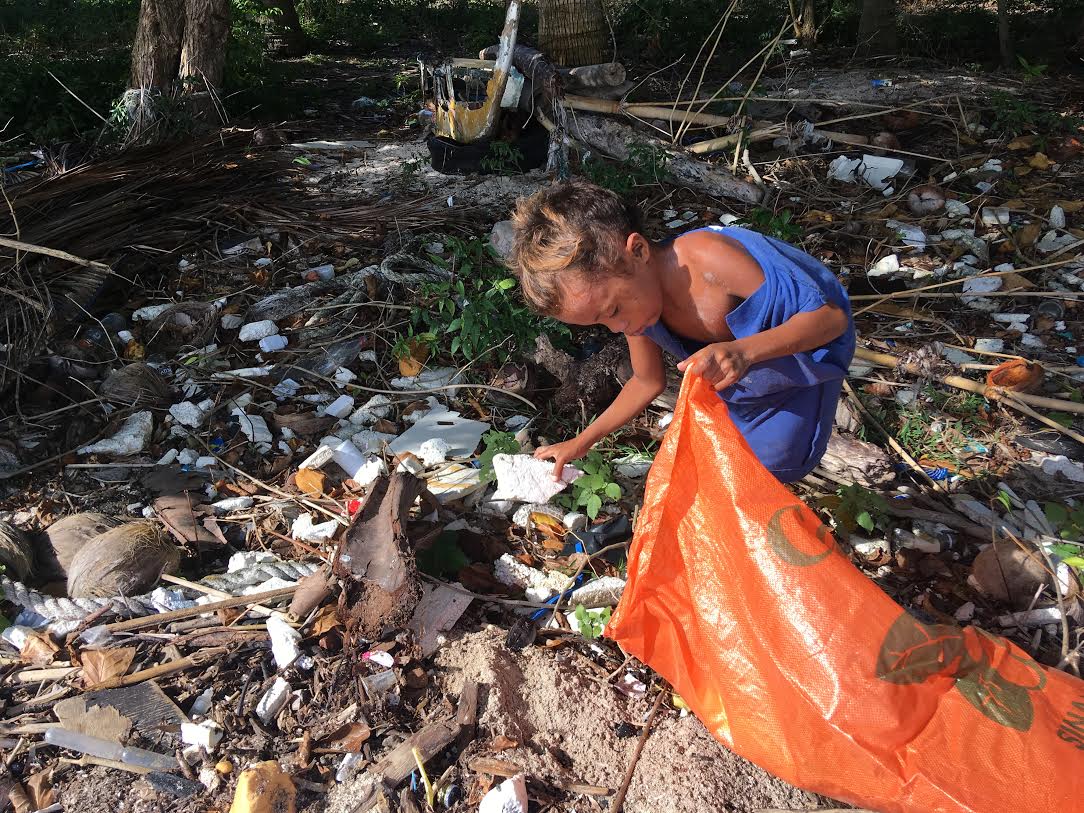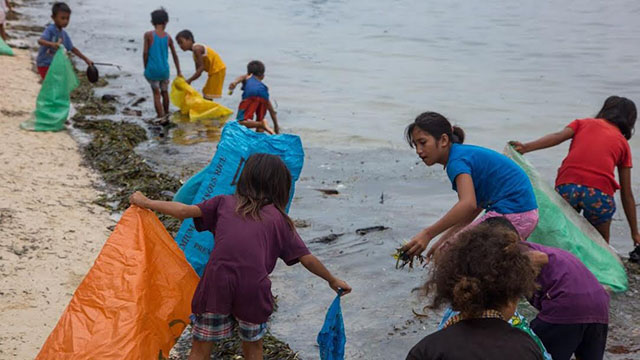![ISSUES. Rappler looks into the stands of senatorial bets on various political and national issues. Photo by Angie de Silva/Rappler]()
MANILA, Philippines – A number of those running for senator in the 2019 midterm elections have been in government or the public eye for long, and so they have surely made known their positions on key national issues.
Rappler takes a look at where they stand on the issues that have so far made headlines in 2018 based on either statements they have made or votes they have cast on bills and resolutions as lawmakers.
Some of the issues here have been on the nation's plate for some time. Recent events and developments, however, have brought them back into the spotlight.
Among the top issues, divorce and the revival of the death penalty have met the strongest opposition among senatorial bets. The future of Train Law seems to be uncertain as well, as the support of the senatorial frontrunners for this tax reform measure has dwindled due its the unforeseen economic effects experienced by many Filipinos this year.
On gender-based issues, majority are in favor of a bill that would penalize discrimination, especially against the LGBTQ community. However, they remain divided on same-sex marriage, as the idea does not sit well among more conservative bets.
Many senatorial bets have also shifted positions on several issues Senator Cynthia Villar, for instance, initially opposed the proposed Bangsamoro Basic Law but later voted for its passage this May.
When the senatorial campaigns kick off, check the candidates' claims against this list
Divorce
According to a Social Weather Stations survey earlier this year, 53% of Filipinos support the passage of a divorce law. In the predominantly Catholic Philippines, however, the fight for the legalization of divorce continues to face many hurdles.
House Bill 7303, the bill that pushes for divorce, was approved on 3rd and final reading last March – the farthest any proposal on divorce has made in the lower chamber. The bill’s fate now lies in the Senate, but there seems to be a slim chance for a divorce law as most senatorial bets have expressed opposition to the idea.
{source}
<iframe id="datawrapper-chart-iBcTY" src="//datawrapper.dwcdn.net/iBcTY/5/" scrolling="no" frameborder="0" allowtransparency="true" style="width: 0; min-width: 100% !important;" height="447"></iframe><script type="text/javascript">if("undefined"==typeof window.datawrapper)window.datawrapper={};window.datawrapper["iBcTY"]={},window.datawrapper["iBcTY"].embedDeltas={"100":472,"200":447,"300":447,"400":447,"500":447,"700":447,"800":447,"900":447,"1000":447},window.datawrapper["iBcTY"].iframe=document.getElementById("datawrapper-chart-iBcTY"),window.datawrapper["iBcTY"].iframe.style.height=window.datawrapper["iBcTY"].embedDeltas[Math.min(1e3,Math.max(100*Math.floor(window.datawrapper["iBcTY"].iframe.offsetWidth/100),100))]+"px",window.addEventListener("message",function(a){if("undefined"!=typeof a.data["datawrapper-height"])for(var b in a.data["datawrapper-height"])if("iBcTY"==b)window.datawrapper["iBcTY"].iframe.style.height=a.data["datawrapper-height"][b]+"px"});</script>
{/source}
Cayetano was the only senatorial hopeful that expressed clear support for a divorce law. Colmenares, while not explicitly affirming, said in 2016 that the grounds for annulment prescribed in the Family Code already has elements of divorce.
Reelectionist senators Villar, Aquino, Ejercito, Pimentel, Binay, Angara, and Poe oppose the idea, opting instead to amend the annulment process. Pimentel, however, said that the Senate would remain open to review and discuss the proposal.
In 2011, Estrada filed a bill that would refine the definition of “psychological incapacity” – a ground for nullifying marriage. He suggested that violent behavior, drug addiction, and infidelity be covered by the term.
Alejano said that divorce might lead to more separated couples, while Osmeña in 2015 jokingly said he opposed it for fear of his wife.
Federalism
President Rodrigo Duterte has been pushed for a shift to a federal system of government since he took office in 2016. While the House of Representatives is discussing a draft constitution while weighing benefits and risks of the the transition, the Senate has rejected the proposal outright.
{source}
<iframe id="datawrapper-chart-tmBcY" src="//datawrapper.dwcdn.net/tmBcY/4/" scrolling="no" frameborder="0" allowtransparency="true" style="width: 0; min-width: 100% !important;" height="379"></iframe><script type="text/javascript">if("undefined"==typeof window.datawrapper)window.datawrapper={};window.datawrapper["tmBcY"]={},window.datawrapper["tmBcY"].embedDeltas={"100":404,"200":404,"300":379,"400":379,"500":379,"700":379,"800":379,"900":379,"1000":379},window.datawrapper["tmBcY"].iframe=document.getElementById("datawrapper-chart-tmBcY"),window.datawrapper["tmBcY"].iframe.style.height=window.datawrapper["tmBcY"].embedDeltas[Math.min(1e3,Math.max(100*Math.floor(window.datawrapper["tmBcY"].iframe.offsetWidth/100),100))]+"px",window.addEventListener("message",function(a){if("undefined"!=typeof a.data["datawrapper-height"])for(var b in a.data["datawrapper-height"])if("tmBcY"==b)window.datawrapper["tmBcY"].iframe.style.height=a.data["datawrapper-height"][b]+"px"});</script>
{/source}
Known supporters of the President are in favor of federalism, while those who oppose it have apprehensions over the proposed constitution. Alunan said he supports federalism, but only if it meets certain preconditions. Aquino said he "used to be open" to the idea, but has since reconsidered his stand. Villar also suggested to amend the Local Government Code instead to make the local governments more autonomous.
Reimposition of the death penalty
Talks on the capital punishment have resurfaced because of the ongoing drug war. In the lower chamber, most voted yes to House Bill 4727 that seeks to reimpose the death penalty in the country – 217 were in favor, and 54 were against. The ball is now with the Senate.
{source}
<iframe id="datawrapper-chart-m6g1Y" src="//datawrapper.dwcdn.net/m6g1Y/3/" scrolling="no" frameborder="0" allowtransparency="true" style="width: 0; min-width: 100% !important;" height="419"></iframe><script type="text/javascript">if("undefined"==typeof window.datawrapper)window.datawrapper={};window.datawrapper["m6g1Y"]={},window.datawrapper["m6g1Y"].embedDeltas={"100":469,"200":444,"300":419,"400":419,"500":419,"700":419,"800":419,"900":419,"1000":419},window.datawrapper["m6g1Y"].iframe=document.getElementById("datawrapper-chart-m6g1Y"),window.datawrapper["m6g1Y"].iframe.style.height=window.datawrapper["m6g1Y"].embedDeltas[Math.min(1e3,Math.max(100*Math.floor(window.datawrapper["m6g1Y"].iframe.offsetWidth/100),100))]+"px",window.addEventListener("message",function(a){if("undefined"!=typeof a.data["datawrapper-height"])for(var b in a.data["datawrapper-height"])if("m6g1Y"==b)window.datawrapper["m6g1Y"].iframe.style.height=a.data["datawrapper-height"][b]+"px"});</script>
{/source}
Revilla filed a bill seeking to restore the death penalty amid the rise in heinous crimes in 2011. The bill failed to rally support.
Pimentel stressed that the death penalty must only be reserved for perpetrators of the most heinous crimes. Angara remains open to the proposal, but has doubts because of police corruption and possible legal manipulation.
Passage of the Bangsamoro Basic Law
The Bangsamoro Basic Law was finally approved by the Senate in May upon Duterte's urging. Prior to that, the bill encountered many obstacles along the way. A number of legislators shifted positions in the process of debating the bill. Among these senatorial bets, more of them showed support for the BBL.
{source}
<iframe id="datawrapper-chart-UaiZy" src="//datawrapper.dwcdn.net/UaiZy/5/" scrolling="no" frameborder="0" allowtransparency="true" style="width: 0; min-width: 100% !important;" height="499"></iframe><script type="text/javascript">if("undefined"==typeof window.datawrapper)window.datawrapper={};window.datawrapper["UaiZy"]={},window.datawrapper["UaiZy"].embedDeltas={"100":524,"200":499,"300":499,"400":499,"500":499,"700":499,"800":499,"900":499,"1000":499},window.datawrapper["UaiZy"].iframe=document.getElementById("datawrapper-chart-UaiZy"),window.datawrapper["UaiZy"].iframe.style.height=window.datawrapper["UaiZy"].embedDeltas[Math.min(1e3,Math.max(100*Math.floor(window.datawrapper["UaiZy"].iframe.offsetWidth/100),100))]+"px",window.addEventListener("message",function(a){if("undefined"!=typeof a.data["datawrapper-height"])for(var b in a.data["datawrapper-height"])if("UaiZy"==b)window.datawrapper["UaiZy"].iframe.style.height=a.data["datawrapper-height"][b]+"px"});</script>
{/source}
Ejercito formerly withdrew his authorship of BBL following the Mamasapano incident in 2015, but ended up voting for its passage last May. Alejano supported the BBL, but said that it should not have been rushed.
Colmenares and Alunan went against BBL as, according to them, it would not ensure lasting peace in Mindanao. Villar, along with Estrada, Angara, and Lapid, was among those who signed the late senator Miriam Defensor-Santiago's committee report on the unconstitutionality of the BBL draft in 2015. Both Villar and Angara have changed their stance following the Marawi conflict.
Martial law extension in Mindanao
In less than a day in 2017, majority of the members of Congress approved Duterte's request to extend martial Law in Mindanao for another year. Senate voted 14-4 while the House voted 226-23.
Most reelectionist senators, as well as Duterte-aligned bets, voted for the extension of Martial Law in Mindanao. Among incumbent senators, only Aquino opposed the measure.
{source}
<iframe id="datawrapper-chart-GN1p6" src="//datawrapper.dwcdn.net/GN1p6/3/" scrolling="no" frameborder="0" allowtransparency="true" style="width: 0; min-width: 100% !important;" height="382"></iframe><script type="text/javascript">if("undefined"==typeof window.datawrapper)window.datawrapper={};window.datawrapper["GN1p6"]={},window.datawrapper["GN1p6"].embedDeltas={"100":507,"200":432,"300":407,"400":407,"500":382,"700":382,"800":382,"900":382,"1000":382},window.datawrapper["GN1p6"].iframe=document.getElementById("datawrapper-chart-GN1p6"),window.datawrapper["GN1p6"].iframe.style.height=window.datawrapper["GN1p6"].embedDeltas[Math.min(1e3,Math.max(100*Math.floor(window.datawrapper["GN1p6"].iframe.offsetWidth/100),100))]+"px",window.addEventListener("message",function(a){if("undefined"!=typeof a.data["datawrapper-height"])for(var b in a.data["datawrapper-height"])if("GN1p6"==b)window.datawrapper["GN1p6"].iframe.style.height=a.data["datawrapper-height"][b]+"px"});</script>
{/source}
Gutoc, who hailed from the region, disapproved of it amid alleged human rights abuses by the military. Colmenares had similar sentiments about abuses, and raised concerns about a possible nationwide implementation of military rule.
Train Law
The Tax Reform for Acceleration and Inclusion (Train) Law faced tough criticism 10 months after it was passed. Implemented at a time of rising fuel prices, the law caused an increase in the prices of commodities unseen in years. Senatorial bets have also begun to see the effects of Train, making them rethink their stance.
{source}
<iframe id="datawrapper-chart-hP2vM" src="//datawrapper.dwcdn.net/hP2vM/2/" scrolling="no" frameborder="0" allowtransparency="true" style="width: 0; min-width: 100% !important;" height="283"></iframe><script type="text/javascript">if("undefined"==typeof window.datawrapper)window.datawrapper={};window.datawrapper["hP2vM"]={},window.datawrapper["hP2vM"].embedDeltas={"100":333,"200":308,"300":283,"400":283,"500":283,"700":283,"800":283,"900":283,"1000":283},window.datawrapper["hP2vM"].iframe=document.getElementById("datawrapper-chart-hP2vM"),window.datawrapper["hP2vM"].iframe.style.height=window.datawrapper["hP2vM"].embedDeltas[Math.min(1e3,Math.max(100*Math.floor(window.datawrapper["hP2vM"].iframe.offsetWidth/100),100))]+"px",window.addEventListener("message",function(a){if("undefined"!=typeof a.data["datawrapper-height"])for(var b in a.data["datawrapper-height"])if("hP2vM"==b)window.datawrapper["hP2vM"].iframe.style.height=a.data["datawrapper-height"][b]+"px"});</script>
{/source}
Poe first voted for the Train Law, but now recognizes its flaws. The same goes for Ejercito, who now calls for its suspension. Villar does not regret supporting the law and admits that lapses are being corrected. Enrile is also not completely against Train but suggested amendments to improve it.
Anti-Political Dynasty Bill
Senators approved Commitee Report 367 with consolidated Senate Bill 1765 or the Anti-Political Dynasty Act of 2018. The bill will undergo debates in the Senate, while its House counterpart is pending.
Most senatoriables are for the passing of an anti-dynasty law, even those who may be affected by the bill, like Aquino and Binay.
{source}
<iframe id="datawrapper-chart-K7liN" src="//datawrapper.dwcdn.net/K7liN/3/" scrolling="no" frameborder="0" allowtransparency="true" style="width: 0; min-width: 100% !important;" height="447"></iframe><script type="text/javascript">if("undefined"==typeof window.datawrapper)window.datawrapper={};window.datawrapper["K7liN"]={},window.datawrapper["K7liN"].embedDeltas={"100":547,"200":497,"300":472,"400":447,"500":447,"700":447,"800":447,"900":447,"1000":447},window.datawrapper["K7liN"].iframe=document.getElementById("datawrapper-chart-K7liN"),window.datawrapper["K7liN"].iframe.style.height=window.datawrapper["K7liN"].embedDeltas[Math.min(1e3,Math.max(100*Math.floor(window.datawrapper["K7liN"].iframe.offsetWidth/100),100))]+"px",window.addEventListener("message",function(a){if("undefined"!=typeof a.data["datawrapper-height"])for(var b in a.data["datawrapper-height"])if("K7liN"==b)window.datawrapper["K7liN"].iframe.style.height=a.data["datawrapper-height"][b]+"px"});</script>
{/source}
Siblings Ejercito and Estrada have opposing stands on the issue. Estrada said that the decision lies on voters who would determine if they want two Estradas in the Senate.
LGBTQ rights
Most senatorial bets are for the passing of the bill that seeks to prohibit discrimination on the basis of sexual orientation or gender identity or expression (SOGIE) and promote equality especially among members of the LGBTQ community.
{source}
<iframe id="datawrapper-chart-PCM2V" src="//datawrapper.dwcdn.net/PCM2V/5/" scrolling="no" frameborder="0" allowtransparency="true" style="width: 0; min-width: 100% !important;" height="453"></iframe><script type="text/javascript">if("undefined"==typeof window.datawrapper)window.datawrapper={};window.datawrapper["PCM2V"]={},window.datawrapper["PCM2V"].embedDeltas={"100":528,"200":478,"300":478,"400":453,"500":453,"700":453,"800":453,"900":453,"1000":453},window.datawrapper["PCM2V"].iframe=document.getElementById("datawrapper-chart-PCM2V"),window.datawrapper["PCM2V"].iframe.style.height=window.datawrapper["PCM2V"].embedDeltas[Math.min(1e3,Math.max(100*Math.floor(window.datawrapper["PCM2V"].iframe.offsetWidth/100),100))]+"px",window.addEventListener("message",function(a){if("undefined"!=typeof a.data["datawrapper-height"])for(var b in a.data["datawrapper-height"])if("PCM2V"==b)window.datawrapper["PCM2V"].iframe.style.height=a.data["datawrapper-height"][b]+"px"});</script>
{/source}
The case is different on same-sex marriage. Senators Villar, Binay, and Enrile have voiced their opposition to the bill that seeks to legalize same-sex marriage. Former interior secretaries Roxas and Alunan are open to and support the motion. – Rappler.com
![]()






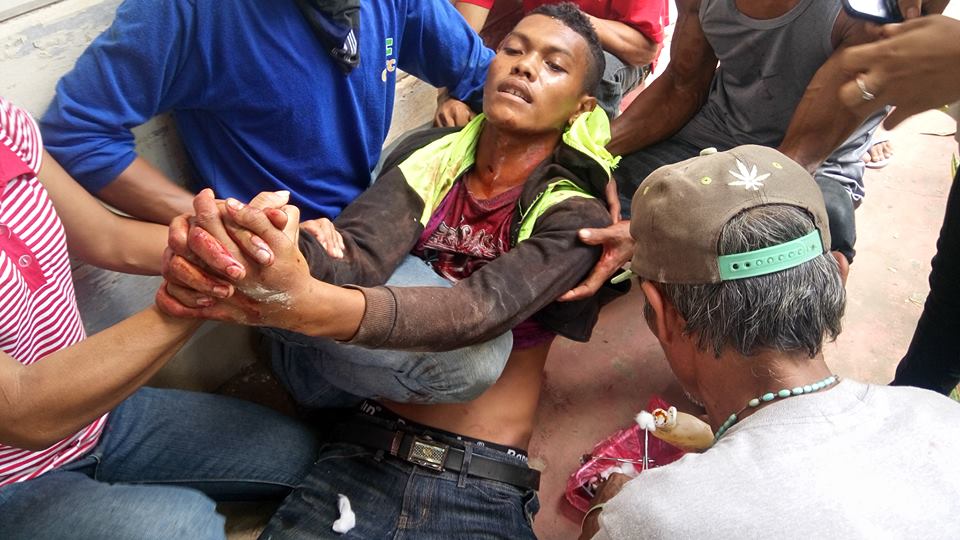








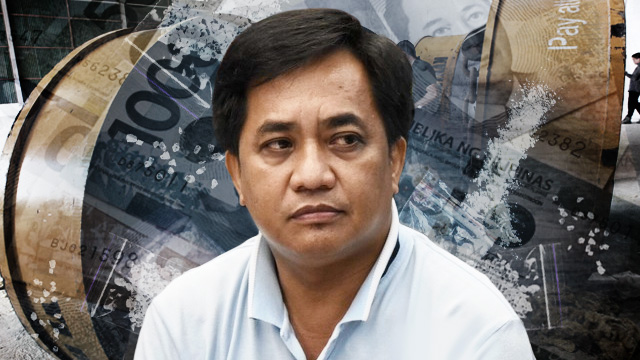


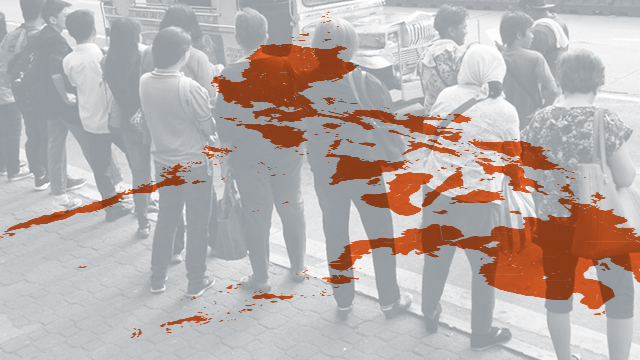

 There has been an evident increase in arrivals starting 2014, as big chains of hotels and resorts with 400 rooms began to invest and operate in the municipality.
There has been an evident increase in arrivals starting 2014, as big chains of hotels and resorts with 400 rooms began to invest and operate in the municipality.




